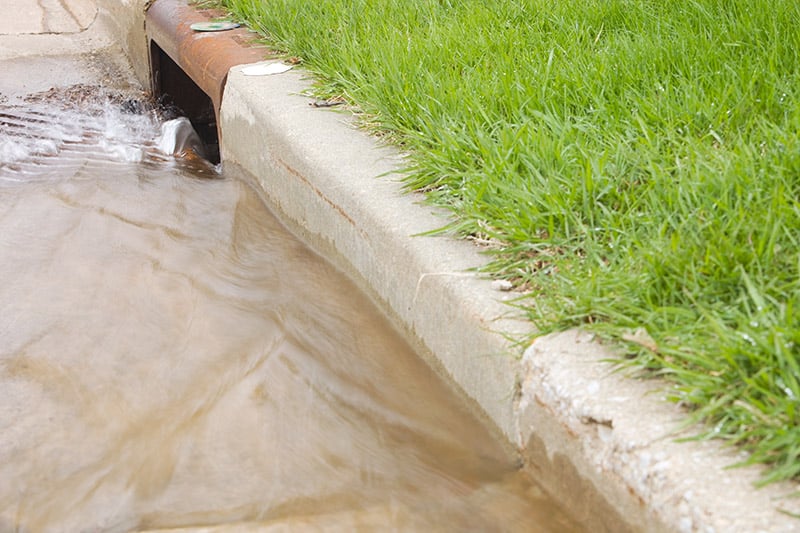Stormwater Runoff Quality - Best Management Practice
Working toward keeping the highest quality water is a high priority because of how important water is to sustain life, which is why measures should be taken to prevent water pollution by removing contaminants before they are able to be washed into water bodies via stormwater runoff.
In the United States
The Federal Water Pollution Control Act (FWPCA) of 1948 was the first major act to address water pollution control. The Clean Water Act (CWA) of 1972 amended FWPCA to address public concerns about water pollution. The CWA established the National Pollutant Discharge Elimination System (NPDES), which regulates point source (end-of-pipe) and nonpoint source (such as paved surfaces) stormwater pollution for municipal separate storm sewer systems (MS4s), construction activities, and industrial activities.
The Water Quality Act of 1987 required the EPA to establish regulations setting fourth NPDES permit application requirements. Phase I, issued in 1990, requires NPDES individual permits for cities and certain counties with populations of 100,000 or more, construction sites larger than 5 acres, and 11 categories of industrial activities. Phase II, issued in 1999, requires NPDES general permits for small MS4s in and around urbanized areas. Phase II also introduced several minimum control measures or Best Management Practices (BMPs) for stormwater pollution control.

These BMPs include:
- Public education and outreach
- Public involvement
- Construction runoff control measures
- Post construction runoff control measures
- Pollution prevention and good housekeeping practices (including street cleaning)
- Illicit discharge detection and elimination.
Coverage under an NPDES general permit requires operators to submit a Stormwater Pollution Prevention Plan (SWPPP) to their permitting authority detailing the BMPs that the operator intends to use. TYMCO Sweepers use the Regenerative Air System, the latest sweeping technology designed to not only remove large debris, but also the fines within the cracks and crevices of paved surfaces. Street sweeping is a practical and consistent method to not only provide improved aesthetics, but also satisfy a BMP requirement for stormwater pollution control. Street sweeping is also highly regarded as a cost-effective method to maintain stormwater systems by removing debris before it reaches any structural stormwater runoff controls.
